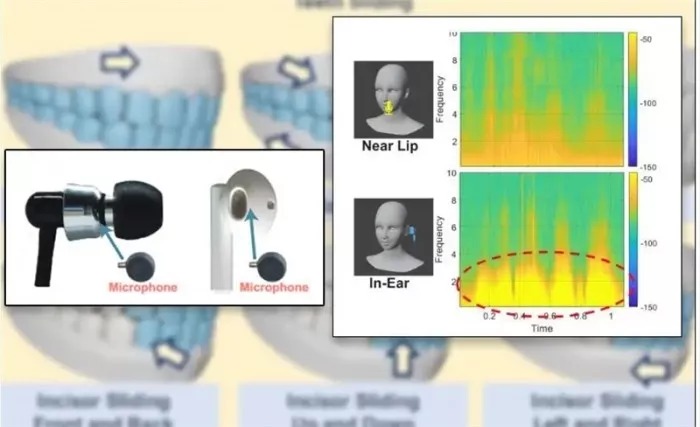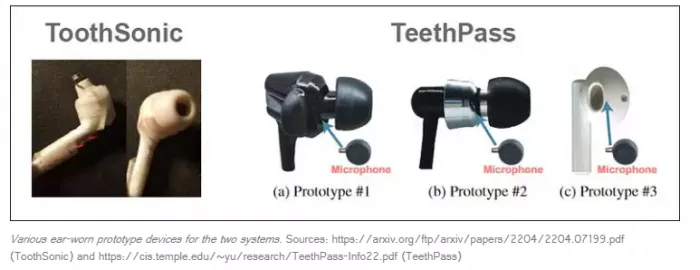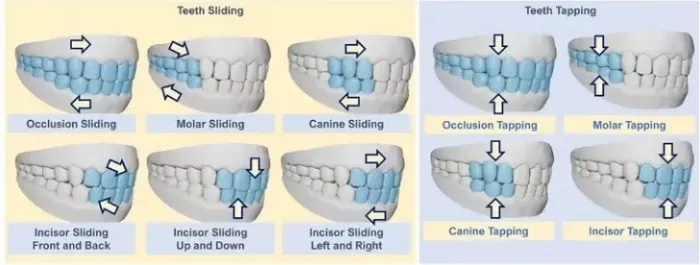Fingerprint authentication, face authentication and other biological authentication methods have been widely used. Have you ever heard of "tooth biting authentication"? Recently, two research papers from the United States and China have proposed a new solution for tooth based authentication: just grind your teeth or bite your teeth, and an ear wearing device (an "ear wearing" device, which can also be used as an ordinary audio device), which can identify the tooth structure (bite type, strength, etc.) and ear canal, and form a unique sound wave, which is received by headphones to verify your identity**

Previous tooth identification methods (i.e. for living people) required users to "grin" so that the tooth recognition system could confirm that their teeth matched the biometric records.
The two tooth certification systems studied recently include: tootsonic and teethpass. Among them, tootsonic comes from the academic cooperation between Florida State University and Rutgers University in the United States; Teethpass is the result of joint research by researchers from Beijing University of technology, Tsinghua University and Beijing University of technology and the Department of computer and information science of Temple University in Philadelphia.

The American tootsonic system has proposed in relevant papers that "tootsonic users verify their ears through the dental imprint sound wave effect generated by the tooth structure." In particular, researchers have designed a representative tooth mechanism, which can generate effective sound waves and carry the information of tooth marks.
In order to reliably capture the sound generated by dental imprints, the system uses headphones to extract multi-level acoustic features, so as to obtain dental imprint information and verify identity.
The recognition based on tooth marks is obviously more convenient and safe than the original authentication method of "grinning" and can also avoid embarrassment on certain occasions.
In addition, this method is also more friendly to many people with dyskinesia. For example, when the system is applied to headphones, there is no need to turn on the special independent authentication device or open the app.
From the perspective of security, tootsonic system is obviously safer than fingerprint recognition, face recognition and other methods. After all, it is more difficult to replicate a person's complete and complex tooth structure. Even if the tooth structure is obtained, the uniqueness of the sound emitted by the molar can also eliminate the potential safety hazard of tooth structure being copied.
The paper on the tootsonic system outlines many unique features in the user's dentition, including bite category (such as bite), enamel density and resonance, missing auditory information in tooth extraction and so on. The author points out that:
"The sound waves caused by dental prints are captured through the user's private ear channel. Therefore, our system can resist advanced imitation and replay attacks because the user's private ear channel can protect the sound waves, which are unlikely to be discovered by the attacker."

The operating principle of teethpass is basically the same as that of "toothsonic". A large number of experiments show that the average authentication accuracy of teethpass is 98.6%, and it can resist 98.9% spoofing attacks.
In short, this kind of tooth biting authentication is more convenient to use and has a higher safety factor. Even if the user's tooth print is restored, it is difficult to crack.